Menu
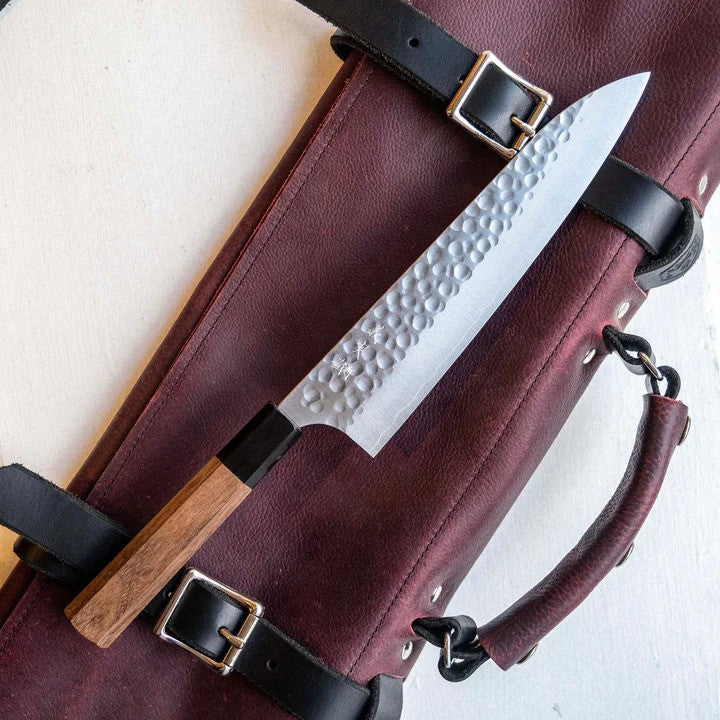
THE BLACKSMITH
YOSHIMI KATO
- Choosing a selection results in a full page refresh.


















Usually ready in 1 hour
| Length | 215 mm |
| Total Length | 360 mm |
| Steel | Ginsan (Stainless) |
| Handle | Honduran Rosewood |
| Ferrule | White Pakka Wood |
| Rockwell | 62 |
| Height Spine to heel | 47 mm |
| Width at Spine | 3.2 mm |
| Weight | 172 g |
| Bevel | Double (50/50) |
Yoshimi Kato
Yoshimi Kato works out of the Takefu Knife village and took over the Family business from his father in-law in 2013. His Father in-law Hiroshi Kato-san started the shop in the late 1960's and was inaugurated as the 4th Chairman of the Takefu Knife village in 1994. Making incredible knives runs in the family obviously and we're very excited to have these incredibly sharp knives in our shop. They have one of the most beautiful tsuchime patterns we have ever seen and are sharpened by famous knife sharpener Makoto Kurosaki; brother of one of our favorite knifemakers Yu Kurosaki.
Takefu Knife Village
The Takefu Knife Village is a cooperative workshop in the Echizen region of Japan. It is the home to a long list of blacksmiths that we work with and many young and upcoming apprentices learning the trade. The area has a 700 year long history of smithing with roots in agricultural tools turned cutlery powerhouse.
The Knife
The Gyuto is an all purpose knife and the Japanese equivalent to the western chef's knife; 210mm is the equivalent of the standard 8 inch variation of that knife. From slicing, dicing, chopping, and carving the Gyuto can do it all. It is without question, the most versatile knife shape available and a great choice for both home cooks and professionals.
Follow these care recommendations for your Japanese knives to protect the edge and keep them sharp as long as possible:
All products are shipped within 24 hours. We offer same day shipping for products ordered by 12pm. Please allow 4-7 business days for your shipment to arrive with standard shipping. Expedited shipping options are also available at checkout.
We offer free shipping on orders within Canada over $150 CAD and free shipping on orders to the US over $200 USD.
Curbside pick-up is available at both our Hamilton and Etobicoke locations.
To make sure our customers are always satisfied, we offer full refunds on products for 14 days after receiving them. See our full return policy for details.
More questions? Check out our shipping policy, our return policy, or reach out to us directly.
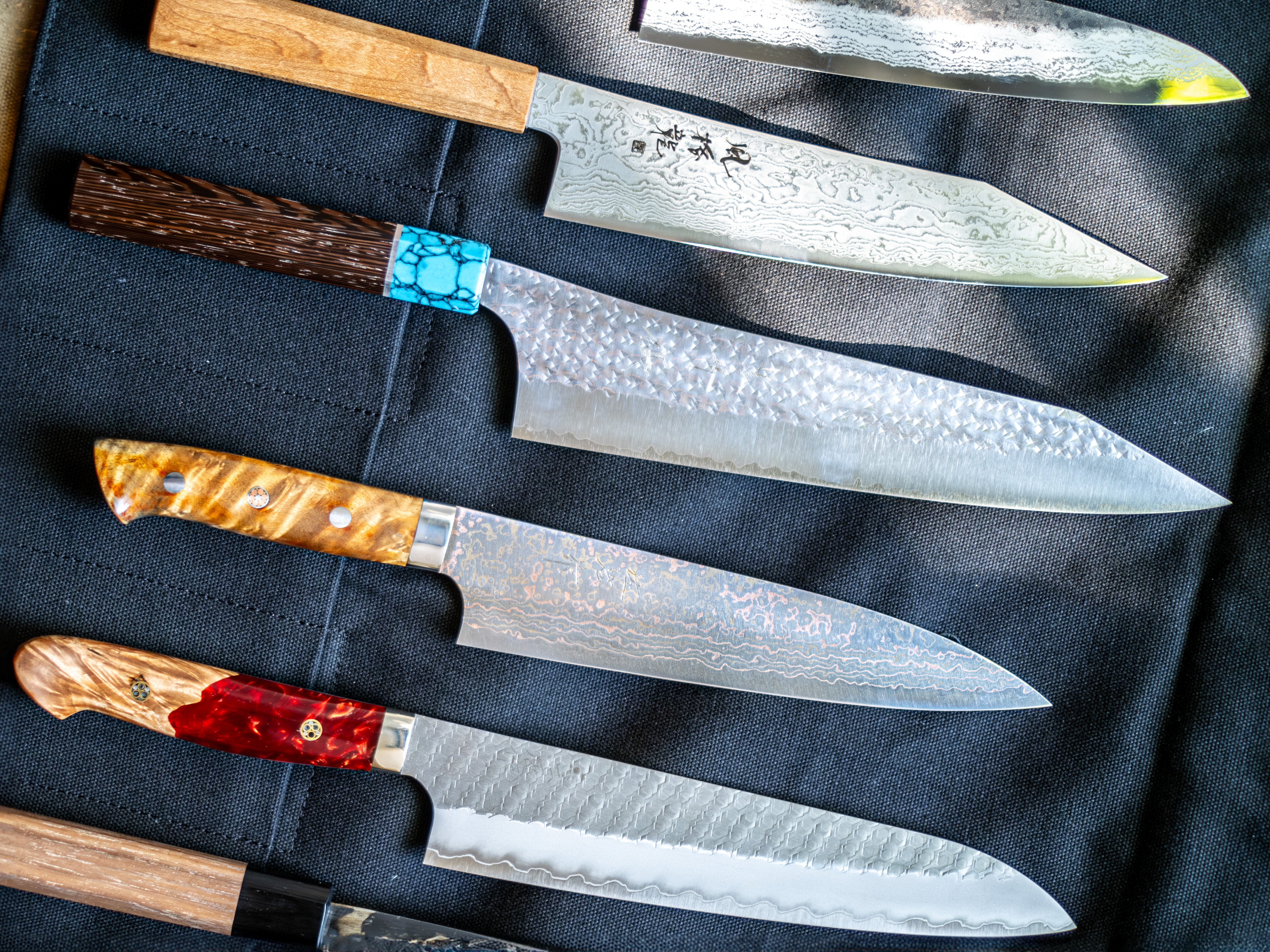
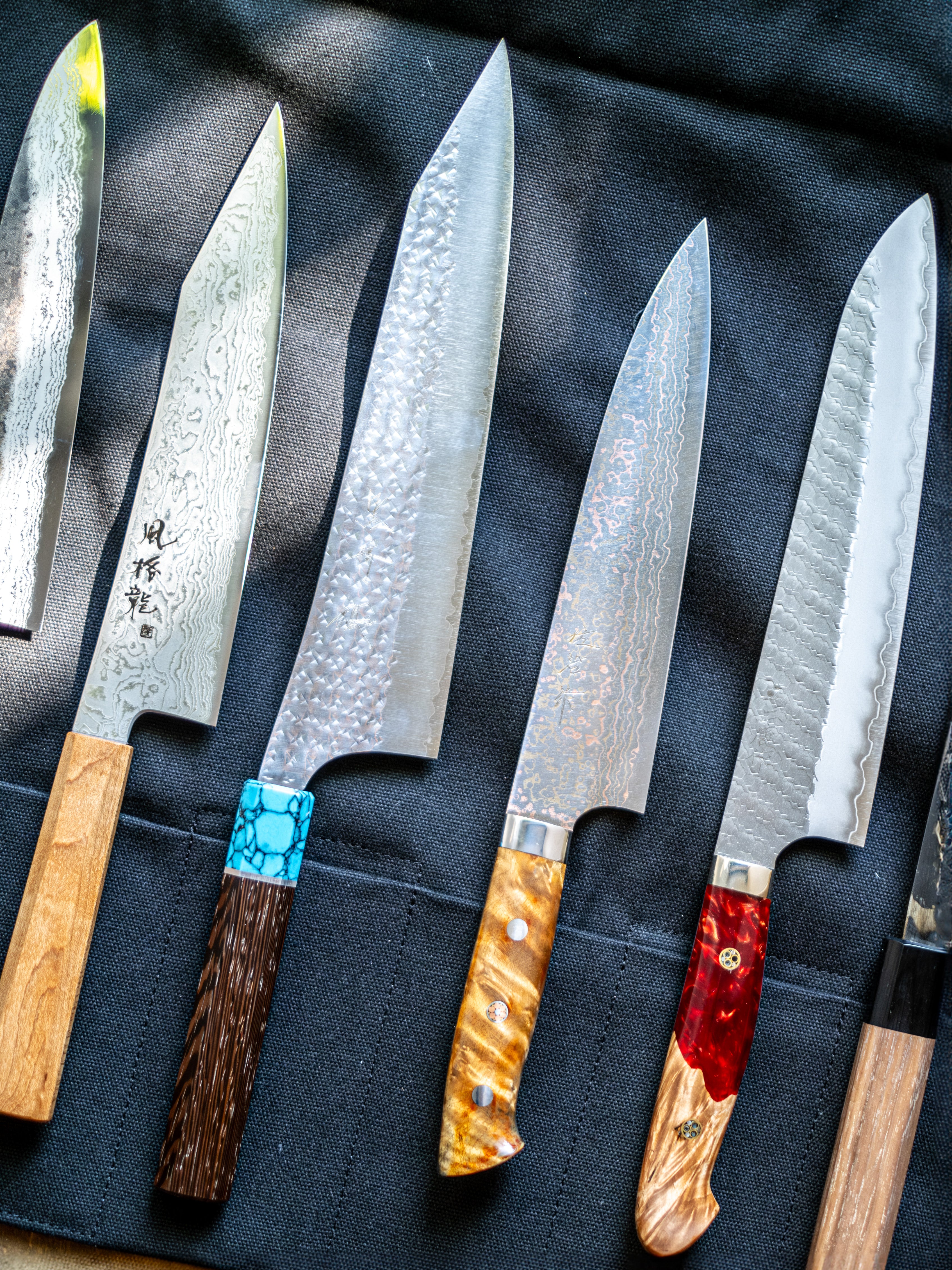
The Gyuto is the Japanese equivalent to the western style chef’s knife and is without question the most versatile knife shape. It ranges in size from 180 mm (7 inches) to 240 mm (10 inches), making it longer than the Santoku and Bunka. This length makes it adept at handling almost any task you'll come across in the kitchen, from mincing small ingredients to chopping through larger fruits and vegetables. The longer the knife, the more time it will take to grow accustomed to its length, but the more versatile it will be.
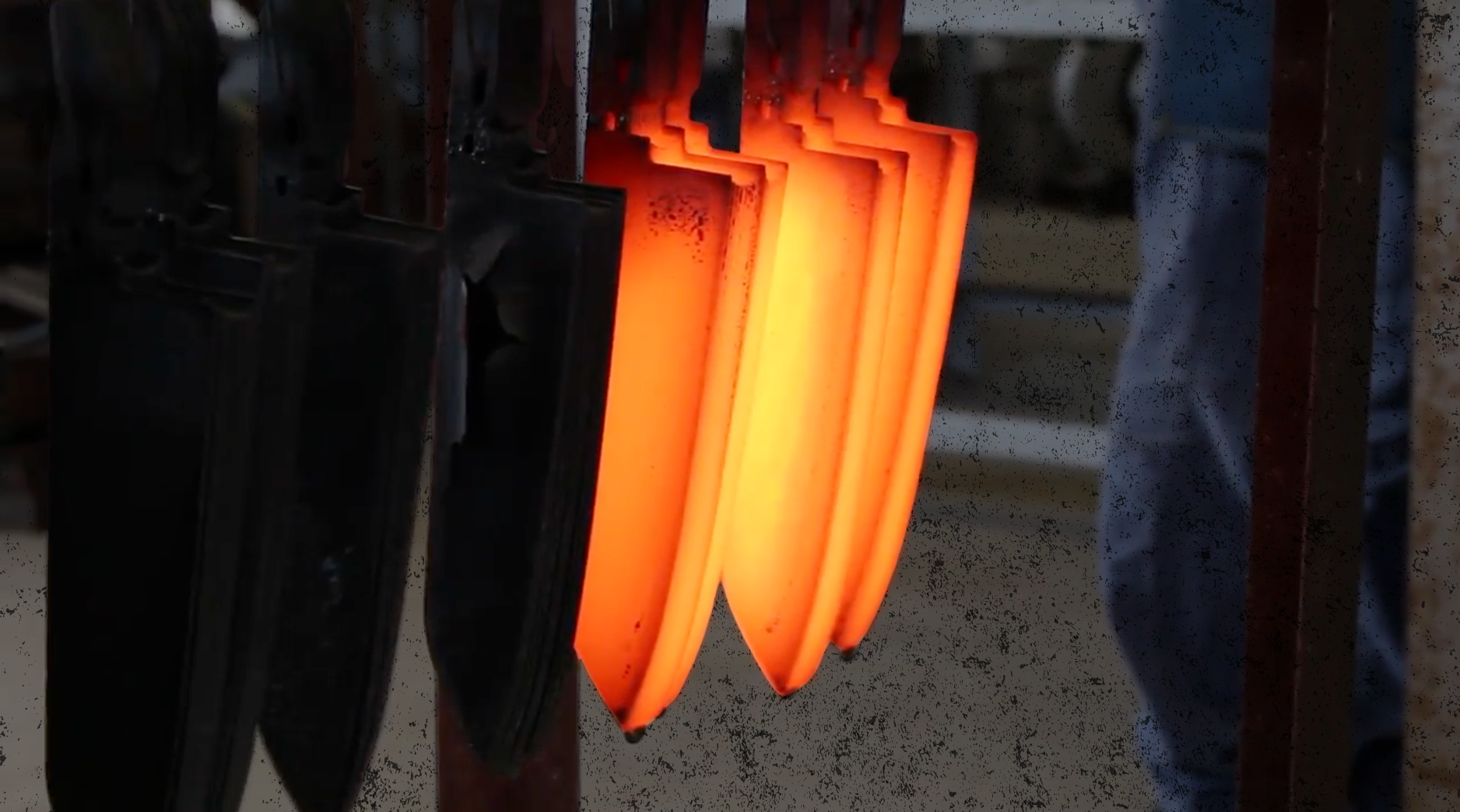
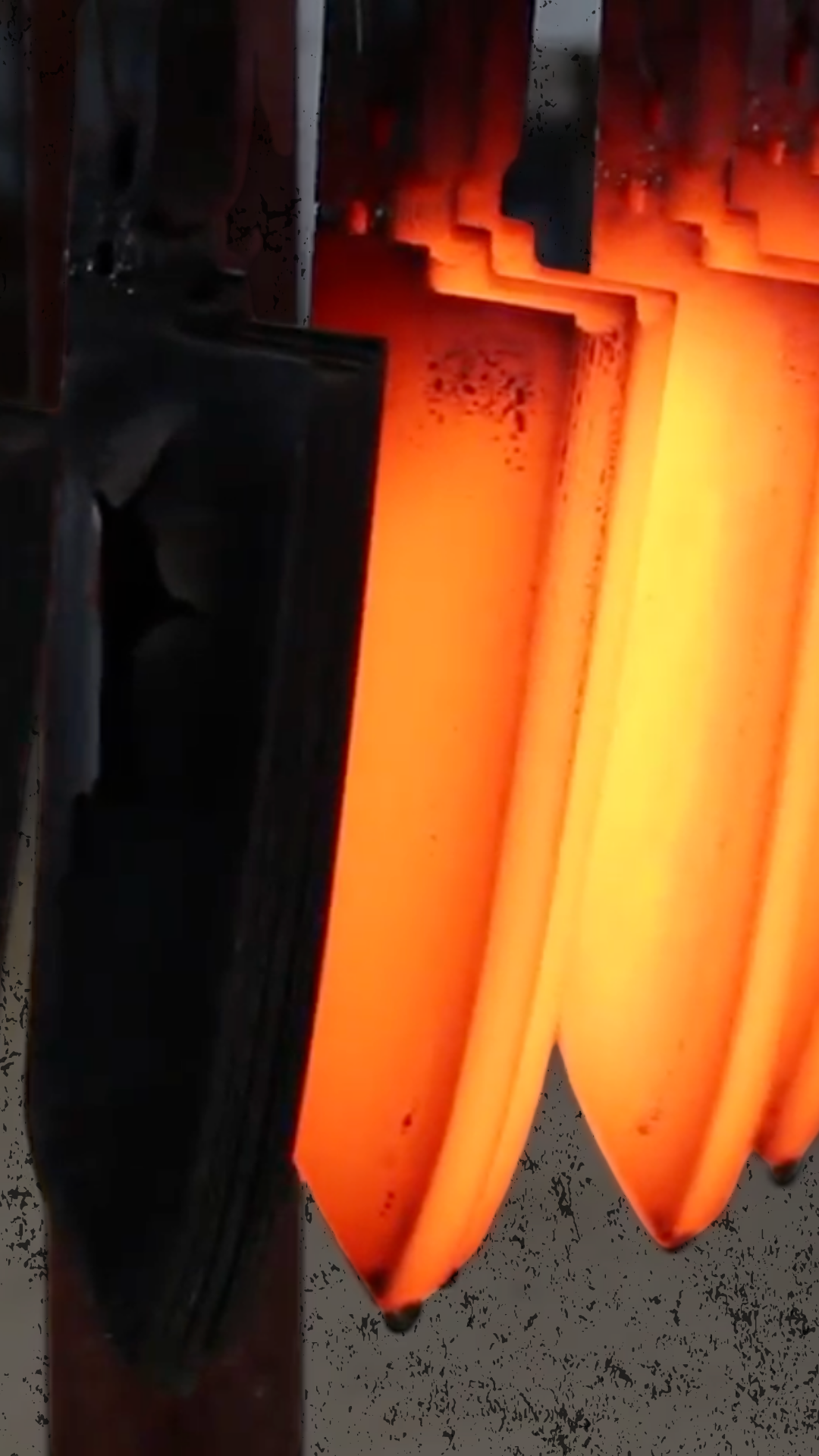
This steel is said to be the most similar to a carbon steel of any stainless steel, because of how easy it is to sharpen. It is technically a semi-stainless steel and is susceptible to rust and discolouration, but must be very poorly treated for any rust to form. It has become a very popular steel type amongst Japanese blacksmiths, home cooks, and professionals alike. It is great for those looking for relatively easy maintenance and easy sharpening.
Chemical Composition:
C 0.95-1.10% | Cr 13.0-14.5%
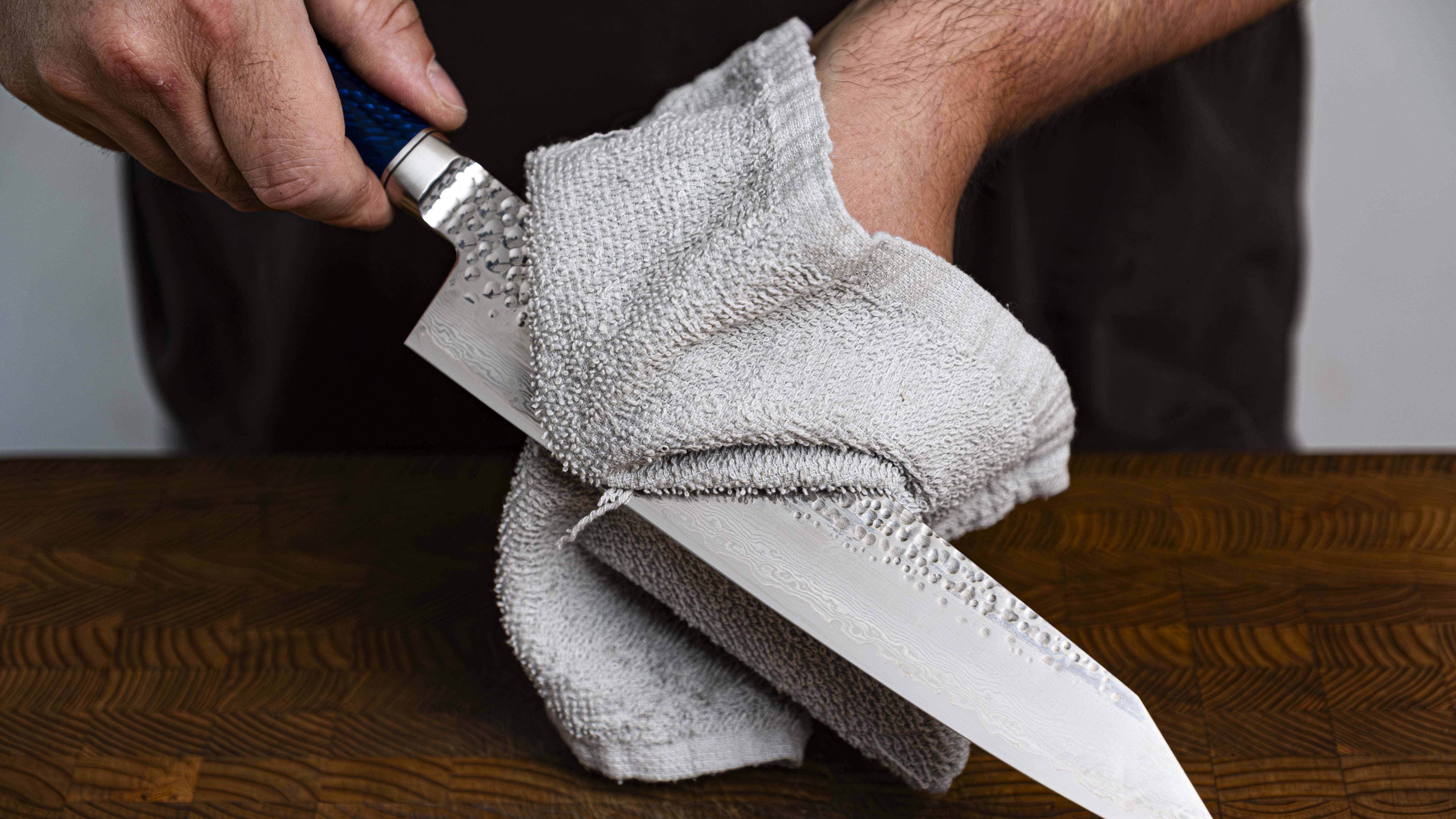
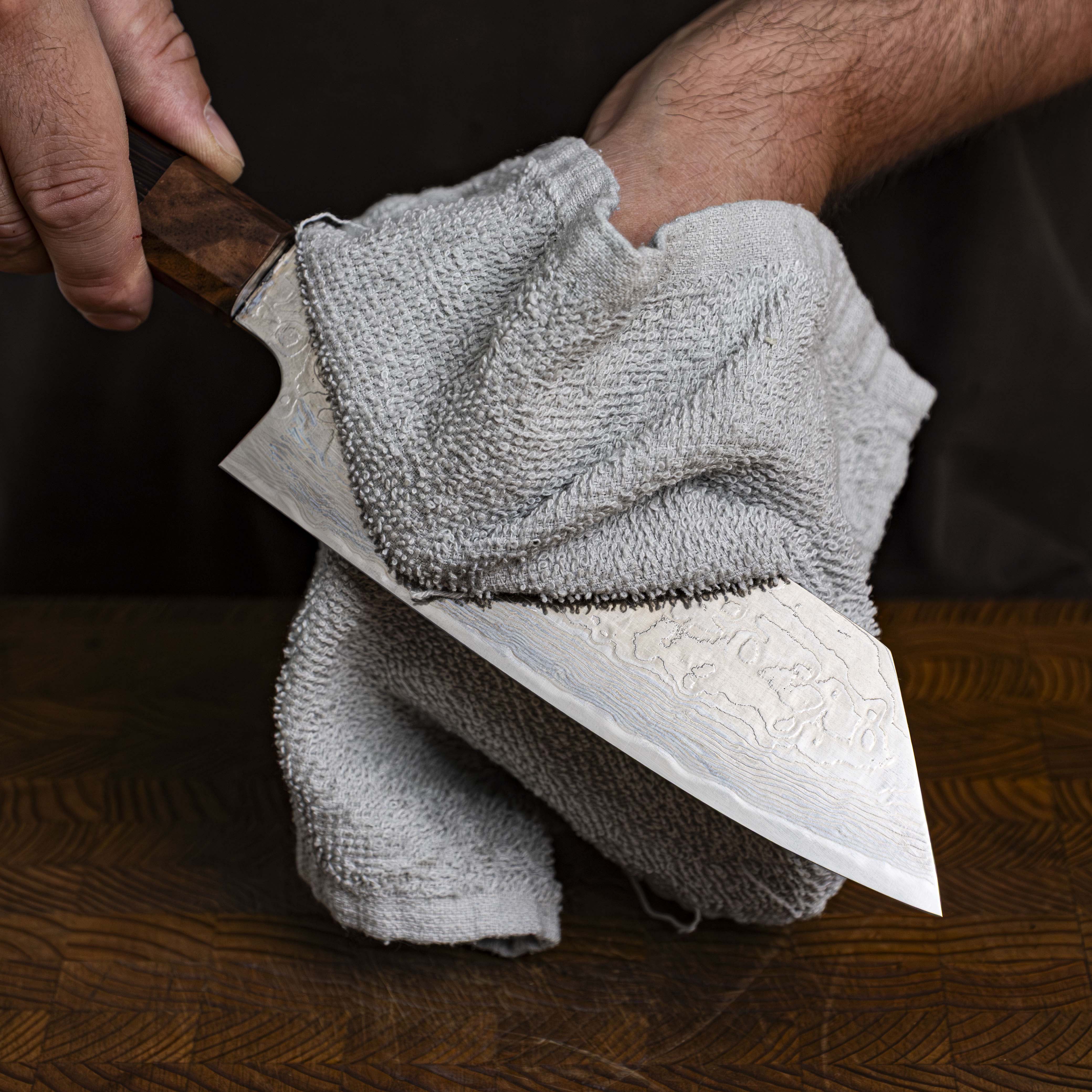
LOW MAINTENANCE
Stainless steel Japanese knives are made in a process called “Sanmai” or “Forge welding” where two softer layers of stainless steel are laminated around a harder core layer of stainless steel. All three of these layers are rust resistant and therefore are not susceptible to rust or discoloration. The softer outer layers of steel are used to make the knife more durable and flexible while the harder core layer is used to provide better edge retention to the blade.

Yoshimi Kato works out of the Takefu Knife Village in Echizen City, Fukui Prefecture, Japan. He took over the family business, Kanehiro Hamono, from his father in-law, Hiroshi Kato-san, in 2017. Hiroshi Kato-san started the shop in the late 1960's and was inaugurated as the 4th Chairman of the Takefu Knife Village in 1994. He was certified by the Japanese Government ’s Ministry of Economy, Trade, and Industry as “Dentou-kougeishi,” meaning “Traditional Master Craftsman;” a distinct honour bestowed to very few craftsmen with decades of training, work, and apprenticeship who have passed the “Master of Traditional Crafts Certification Examination” from the nation’s Association for the Promotion of Traditional Craft Industries.
